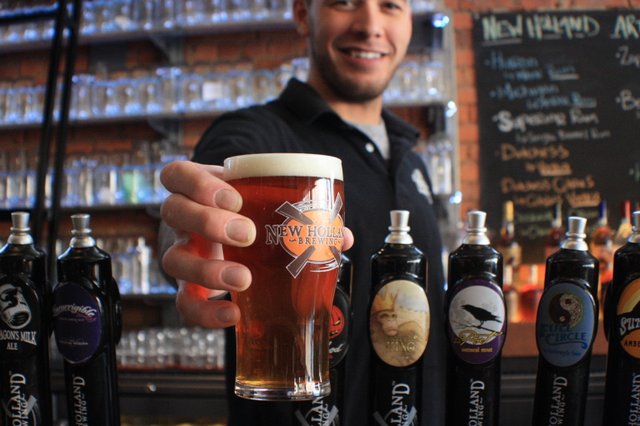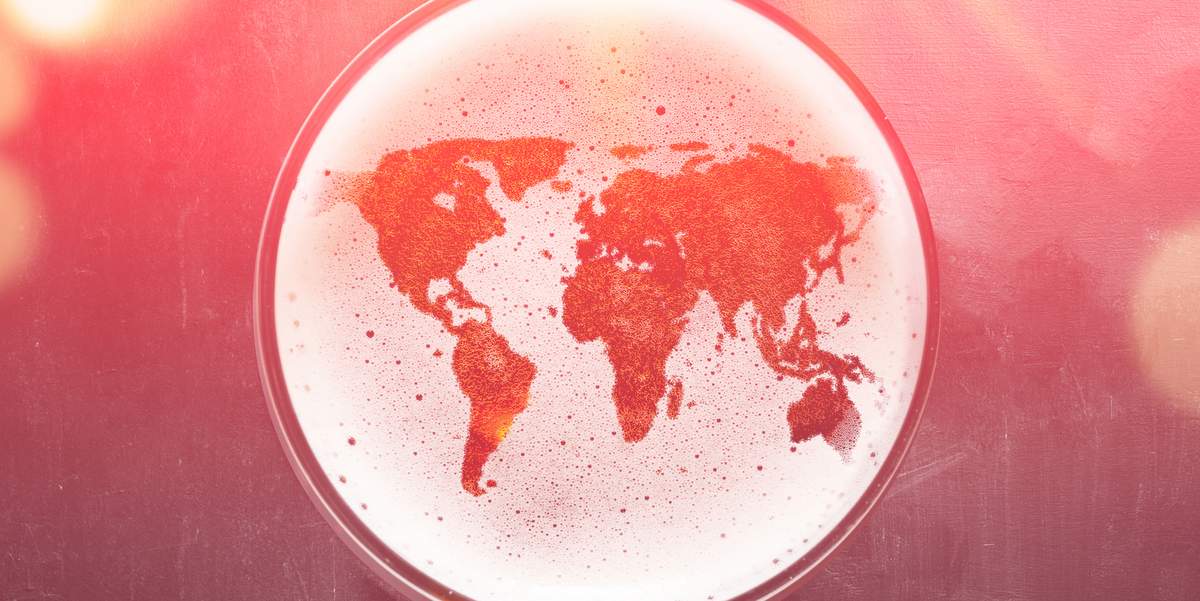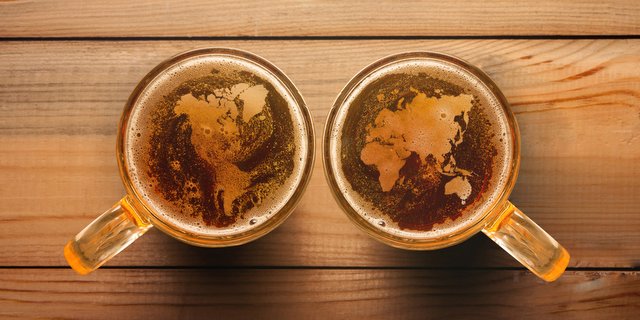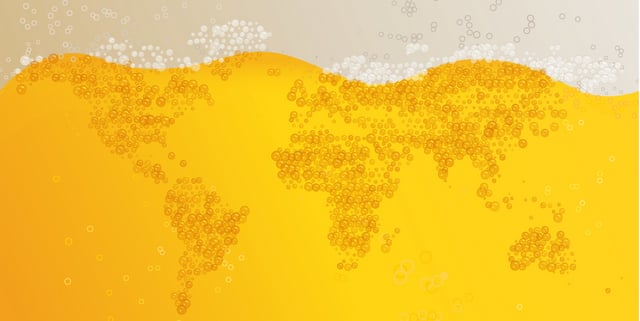
Alcohol consumption continues to decline. It’s a sad sign of our times. Just this week, IWSR announced the same thing. IWSR is a leading provider of data and analysis on the global beverage alcohol market, and it just released its initial 2017 category results for the U.S. market as part of its U.S. Beverage Alcohol Review (U.S. BAR, get it?) database. After analyzing preliminary 2017 volume, the IWSR says total U.S. beverage alcohol consumption declined for the second consecutive year by -0.2 percent. This loss is more than double that of 2016, a decrease of 17.6-million gallons or 7.4-million nine-liter cases.
Beer volumes continued to slide in 2017 (-0.5 percent), which weighed down the performance of total beverage alcohol. The growth of spirits (+2.3 percent) and wine (+1.3 percent) were unable to make up the difference in volume due to beer’s overwhelming 79 percent share of total beverage alcohol. The decrease in total beverage alcohol consumption is directly related to the slow-building trend of moderation or not drinking at all. Signs of health and wellness permeate the industry with increasing frequency. From all-natural ingredients to low-ABV to zero-proof mocktails, consumers are clearly gravitating toward “healthier” drinking experiences.
The bright spots of 2017 were wine and spirits which stole share from beer and increased in volume. The long-term trend of premiumization has continued to spur growth. Premium-and-above offerings currently make up 33 percent of the spirits category and 22 percent of the wine category respectively (compared to just 12 and 2 percent in 1990).
Within spirits, whisky showed the most momentum (+3.9 percent), outperforming non-whisky (+1.7 percent). Within the whisky category, Bourbon, rye, malt Scotch, Irish and Japanese offerings faired the best, while tequila, mezcal, brandy and Cognac led in the non-whisky segments. Still wine grew a modest 1 percent, while sparkling wines, especially prosecco (+23.2 percent), led the growth for the wine industry.
Another key trend helping propel wine and spirits is the rise in alternative packaging and small sizes. For spirits, 50- and 100-millilter offerings increased at rates of 18.1 percent and 13.6 percent respectively, while 187- and 500-millilter wines experienced double-digit growth rates. The rise in the quality of boxed and canned wines has changed consumer perception. Most importantly, this trend has been a direct hit on beer occasions like sporting events and other outdoor activities.





Leave a Reply
You must be logged in to post a comment.